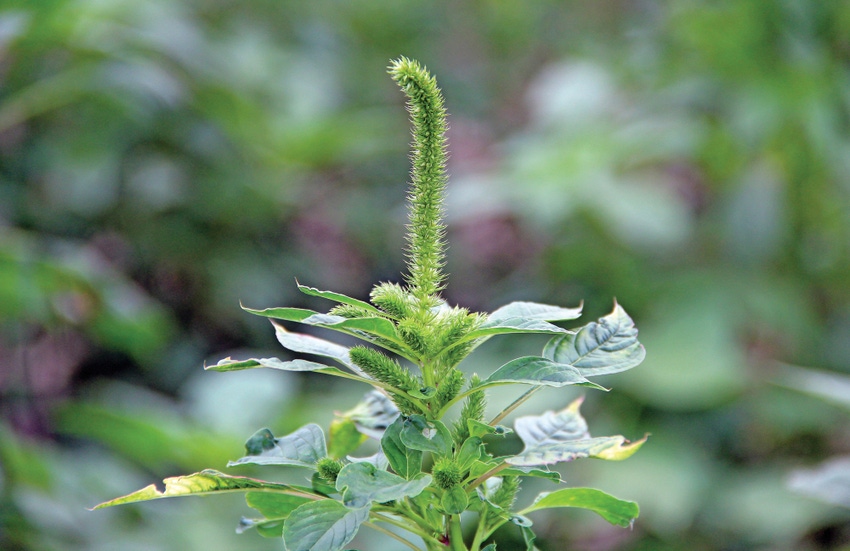March 20, 2018

Questions have arisen on strategies to manage Palmer amaranth in Xtend soybean under two different situations.
The first situation is for soybean fields where the growers have no intention to use dicamba post in crop. This is a good strategy in my mind for fields near sensitive crops or perhaps near neighbors where drift was an issue last year.
My first thought about this question is overlaying residuals. Make sure the soybeans are planted in narrow rows (20-inch or less) in a field clean of weeds and use a good pre applied herbicide with two modes of action effective on Palmer amaranth. There are a number of good options here, so in alphabetical order they include: Authority Elite, Authority MTZ, Boundary, Broadaxe, Fierce and Zidua + metribuzin, just to name a few.
One might question the PPO-based herbicides in the list in fields with PPO-resistant Palmer amaranth. In our research we still get 80 percent control of PPO-resistant Palmer amaranth for 21 days with either fomesafen or sulfentrazone. Of course, in PPO-susceptible Palmer amaranth we would get 100 percent control through 21 days after application, which is why the Dual Magnum or metribuzin premixes are recommended.
The typical premix rate containing metribuzin provides 4 to 4.5 ounces of metribuzin. Consider spiking that metribuzin rate up to 5.5 to 6 ounces on the silt loam soils for longer, more-consistent Palmer amaranth control.
Key to success
Then the main key to success is to apply Prefix, Anthem or Zidua post no later than 10 to 14 days after the pre. This is the critical part of the plan that if missed can result in a grown-up pigweed mess.
If Palmer is allowed to emerge, particularly in much of west Tennessee where it is glyphosate-, PPO- and ALS-resistant, there are no herbicide options. However, if that overlaying residual can get applied and activated, it should provide enough residual Palmer control to get to crop canopy in narrow row soybeans.
The other question is what is a good way to utilize either Engenia or XtendiMax in Xtend soybeans to manage Palmer amaranth? The answer starts the same as above with planting into a clean field. Of course, Engenia and XtendiMax would be good tools to help start clean. A pre is needed in this system as well for consistent weed control. Any of the ones mentioned above would work well.
Then before the Palmer reaches 4 inches in height, apply the Engenia or XtendiMax post. After that, consider utilizing a fomesafen-based herbicide like Prefix or Warrant Ultra to remove any pigweed escapes seven to 10 days after the Engenia or XtendiMax application. The dicamba followed by a fomesafen-based product worked well even on PPO-resistant Palmer amaranth populations in research last year. Moreover, it also worked for a number of growers who utilized that strategy on thousands of Xtend soybean acres in 2017.
Speaking of last year, I know we had some who did not use a pre and relied exclusively on post applied Engenia plus glyphosate as often as needed. This is a very short-sighted approach that will spell the early end of the technology. Stick with the best management practices outlined on the label and mentioned above.
About the Author(s)
You May Also Like




